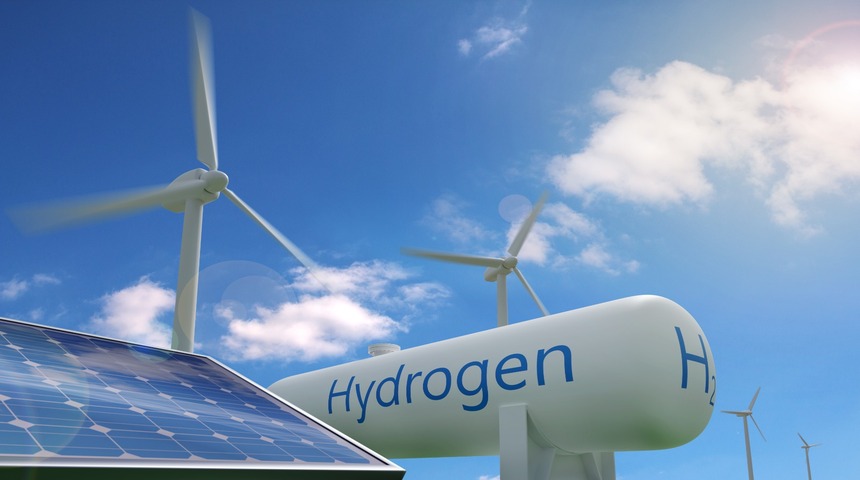Hydrogen – Fuel of the Future

Expected Global Investment until 2050 is USD 10.2 Trillion. Government support (global) to transition to hydrogen is USD 70 Billion. Estimated annual global sales by 2050 is USD 2.5 trillion
Hydrogen, nature’s lightest and most abundant element, can be used as energy after being taken out from coal (brown hydrogen), natural gas (grey hydrogen), renewable energy (green hydrogen) and water (blue hydrogen). Technologies for doing so have been around for decades but are yet to become commercially viable as output is less than the energy used to produce the gas. But this is set to change with governments and companies making hydrogen an important part of their carbon neutrality goals. Hydrogen will act as a critical enabler in achieving the global targets to limit, the increase in temperature to 1.5-degree Celsius, adapt to adverse impacts of climate change and foster low greenhouse gas emissions development.
Future market of Hydrogen: Through 2030, hydrogen demand will grow at a moderate, steady pace through many niche applications across the industrial, transport, energy and buildings sectors. Through cross-sector collaborations, new alliances will form to develop hydrogen projects. Hydrogen production costs will decrease by around 50% through 2030, and then continue to fall steadily at a slightly slower rate until 2050. By 2050, green hydrogen production costs in some parts of the Middle East, Africa, Russia, China, the US and Australia will be in the range of €1 to €1.5/kg. Over the same time period, production costs in regions with limited renewable resources, such as large parts of Europe, Japan or Korea, will be approximately €2/kg, making these markets likely importers of green hydrogen from elsewhere. Even regions with good renewable resources but densely populated areas will import hydrogen, as land constraints limit the production of green electricity for direct use and conversion to hydrogen. Many large countries such as the US, Canada, Russia, China, India and Australia have regions for both competitive and non-competitive hydrogen production, which could prompt them to develop in-country trading. Export and import hubs will develop around the world, similar to current oil and gas hubs, but with new players in renewable-rich regions.
Current demand for hydrogen in India: India is one of the largest consumers of hydrogen in the world with a demand of 6.7 MTPA which comprises 7-8% of the global hydrogen demand. Hydrogen is used in India, mainly as an industrial feedstock in the creation of ammonia-based fertilizers and in refineries.

